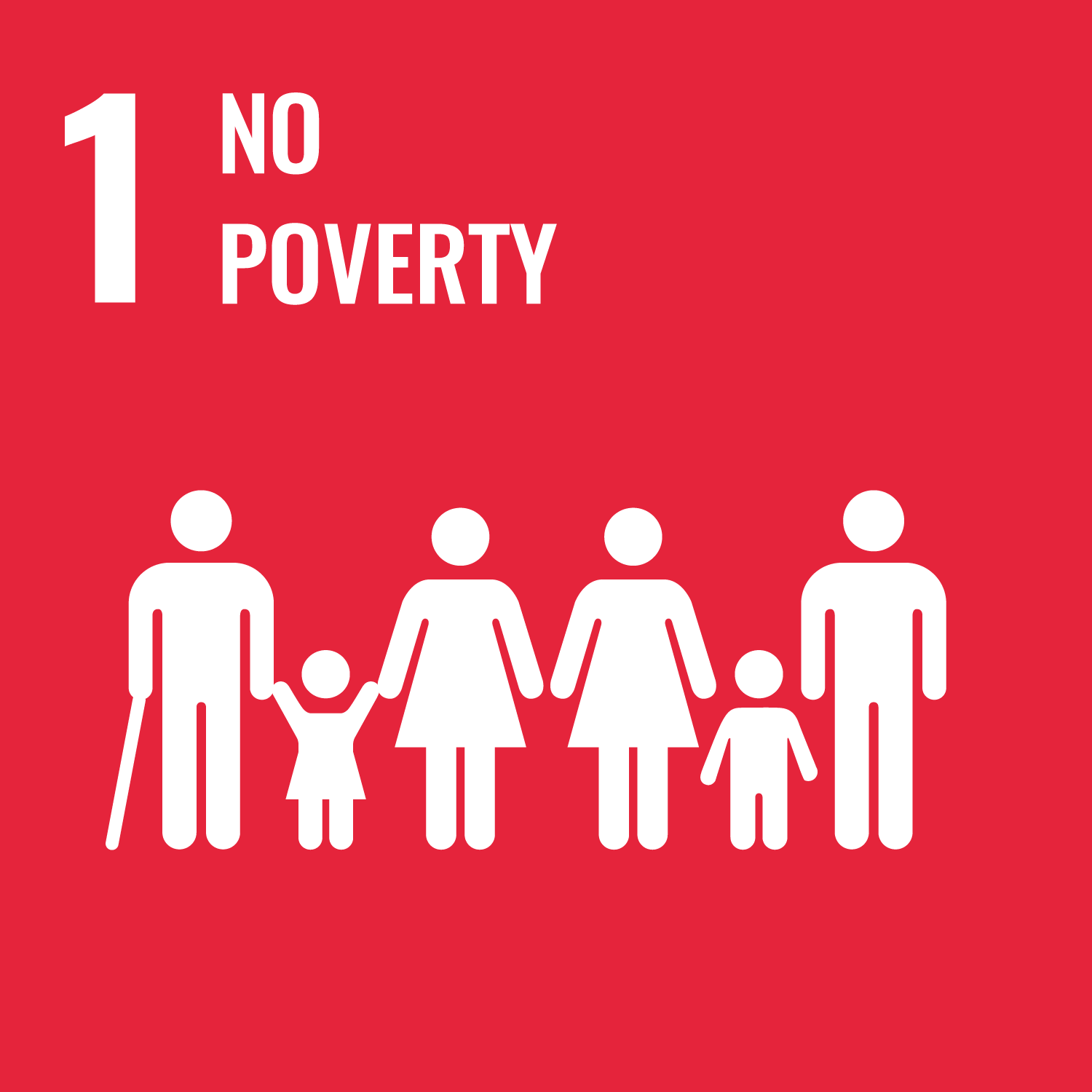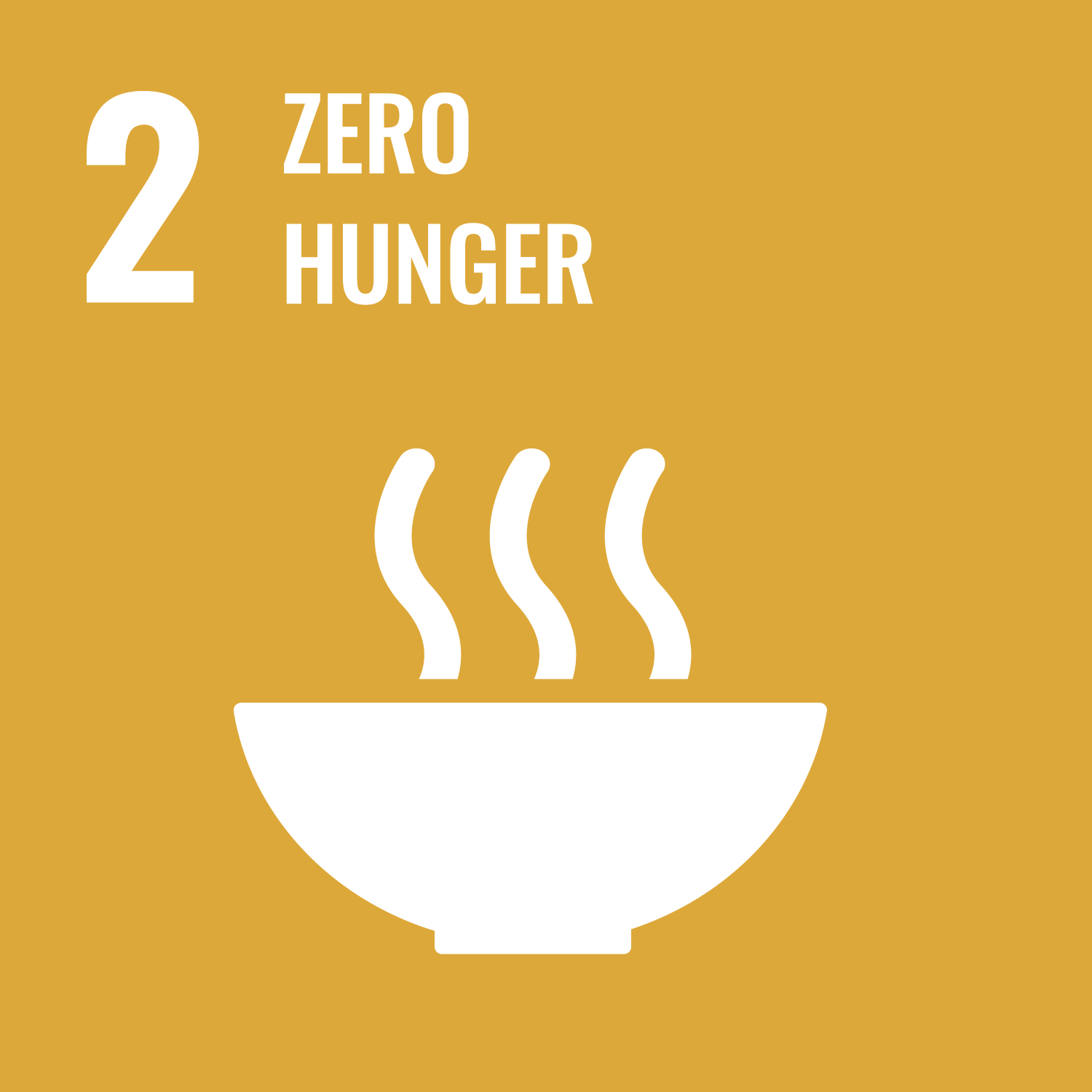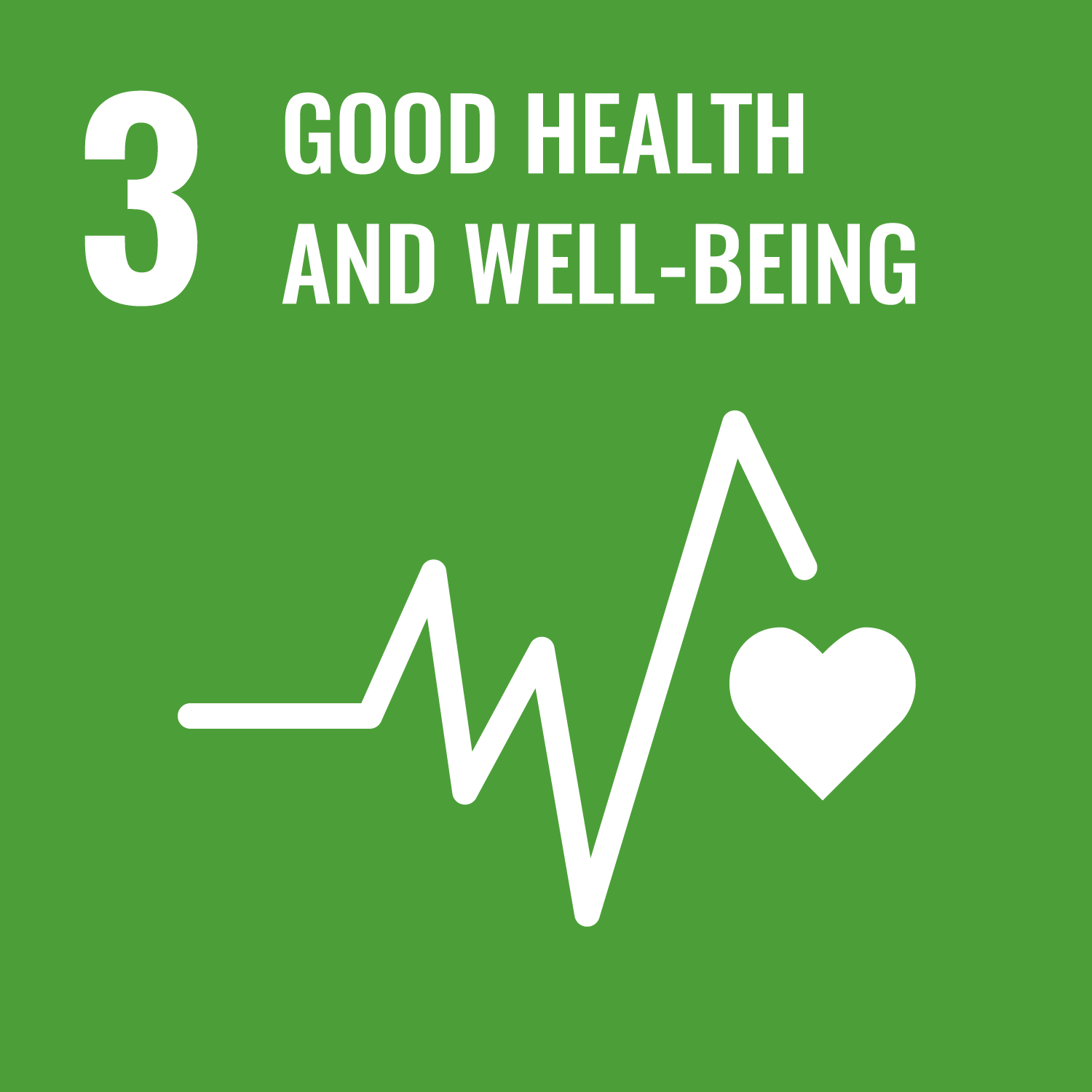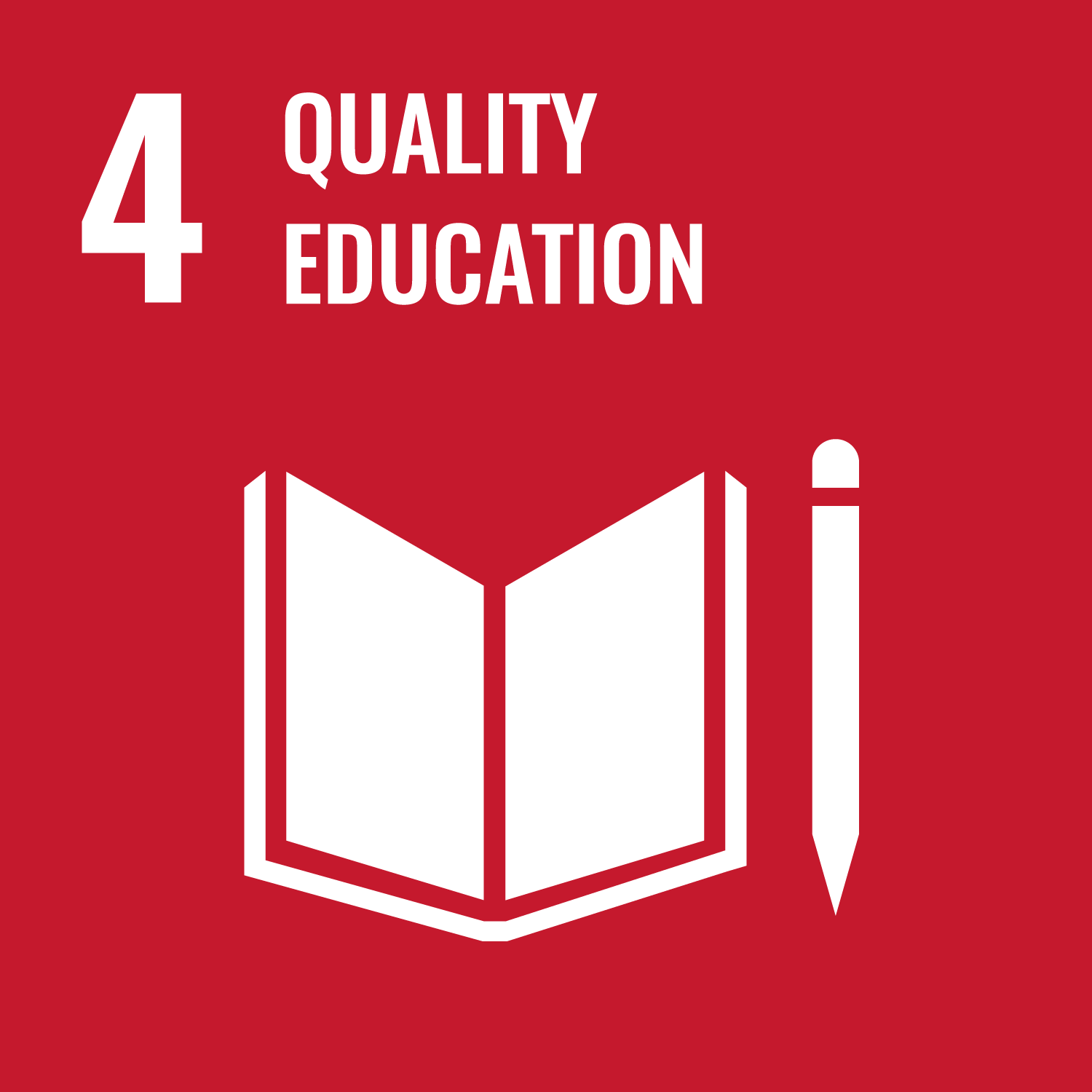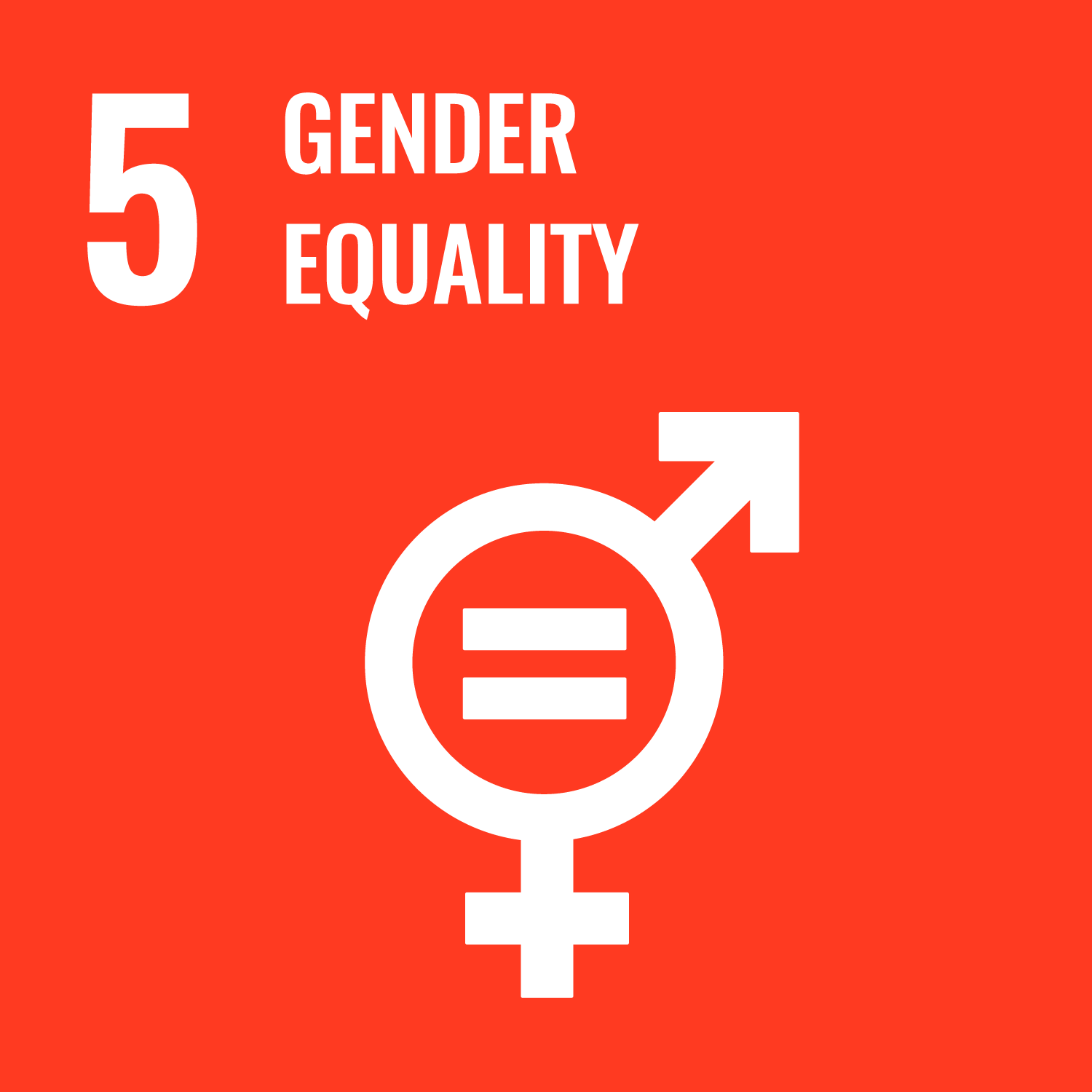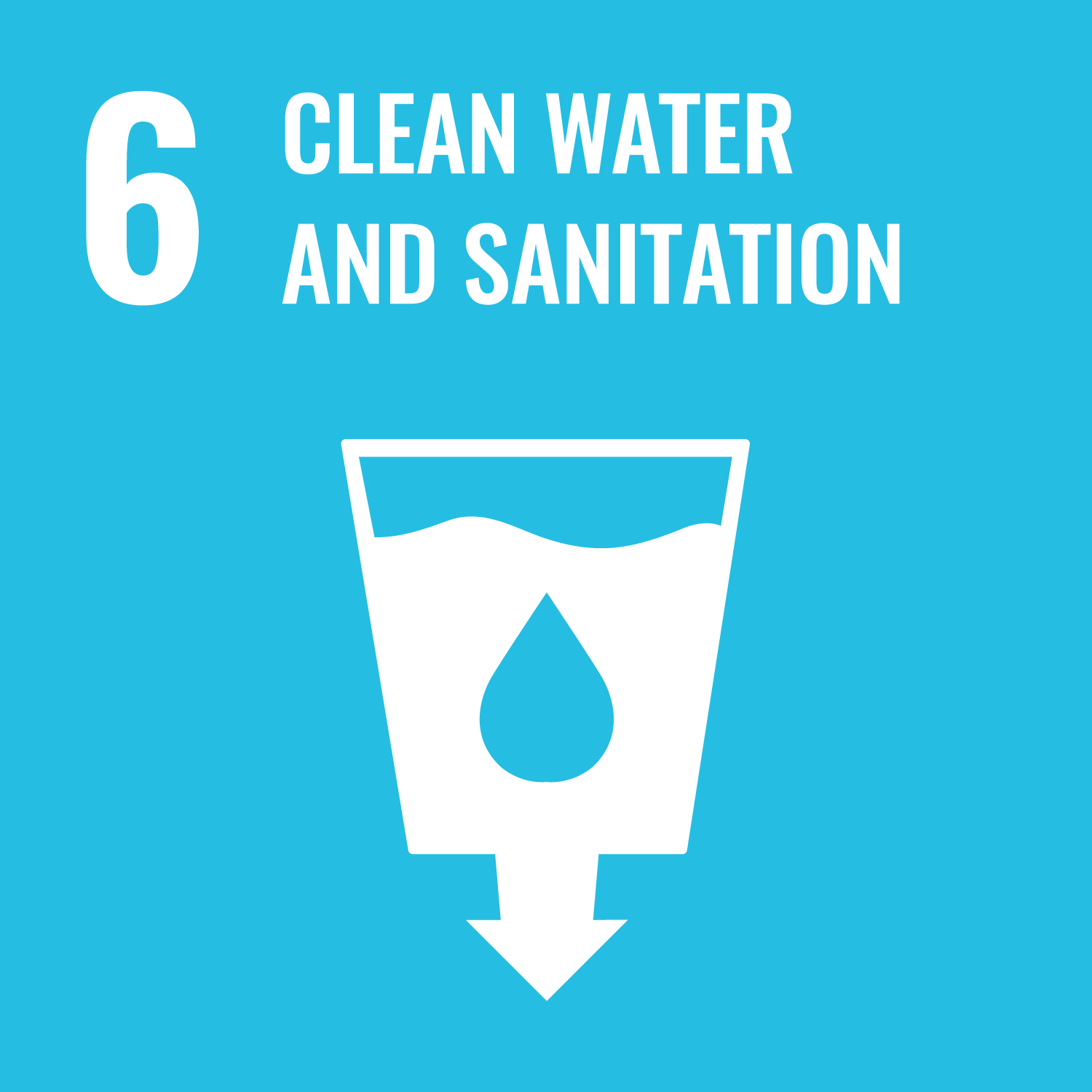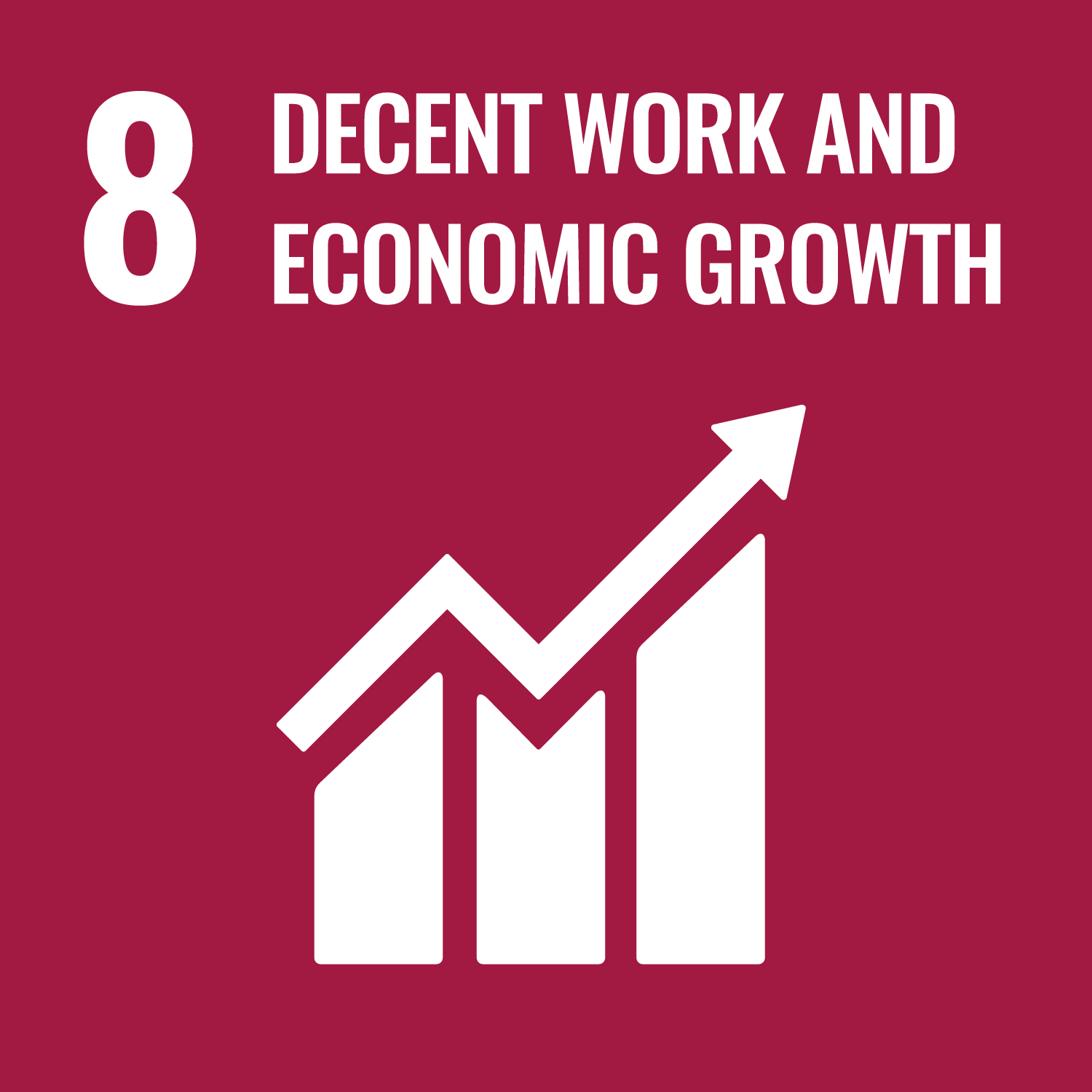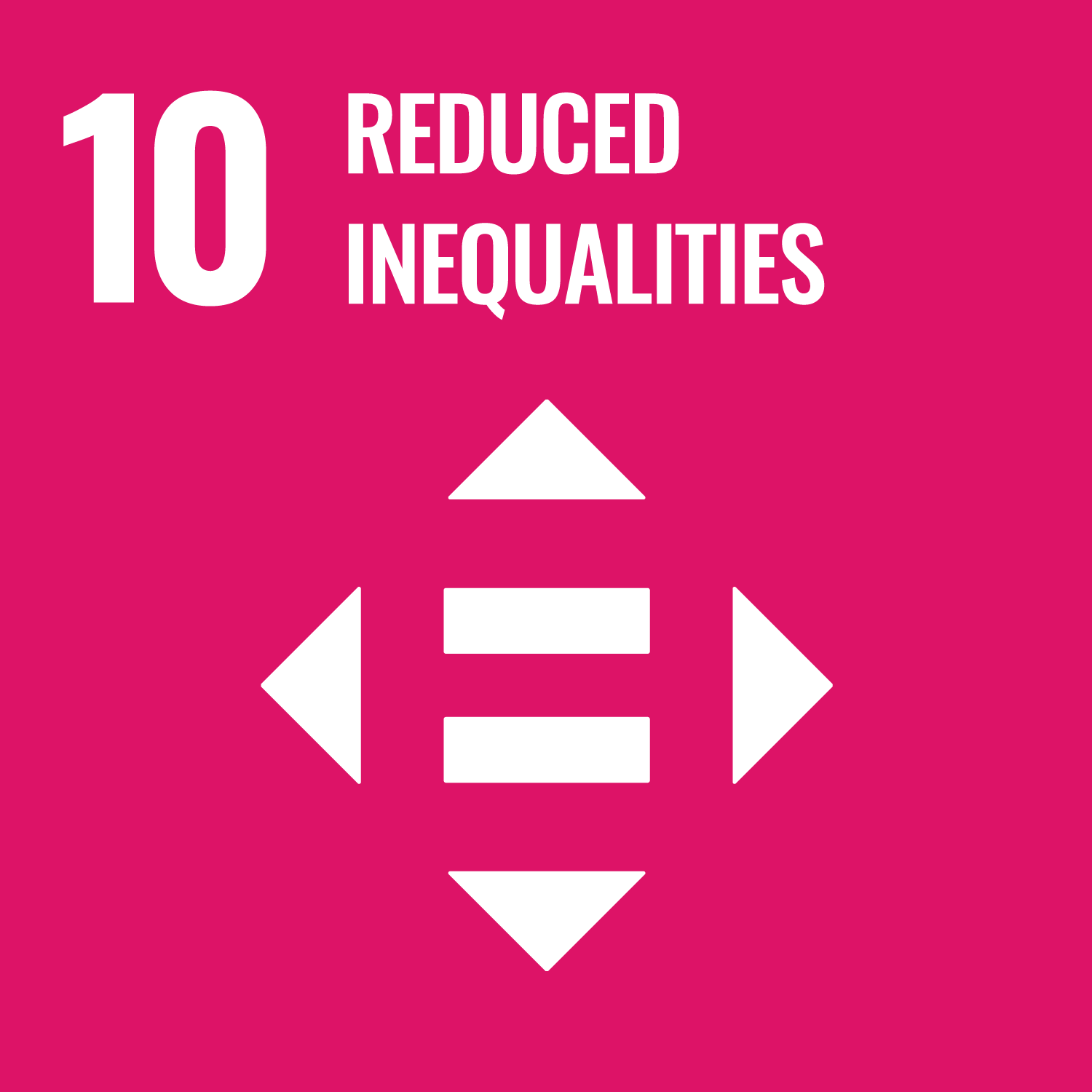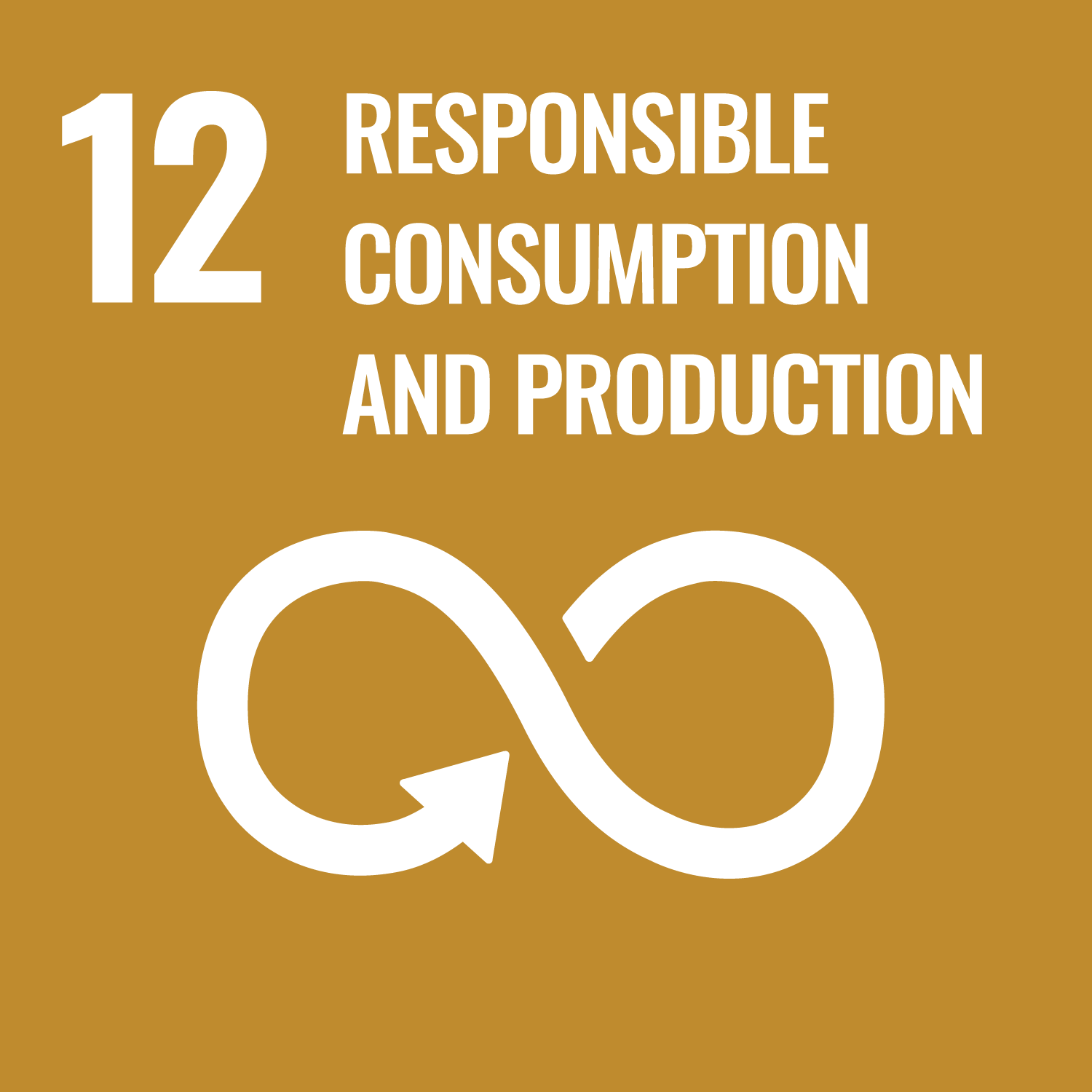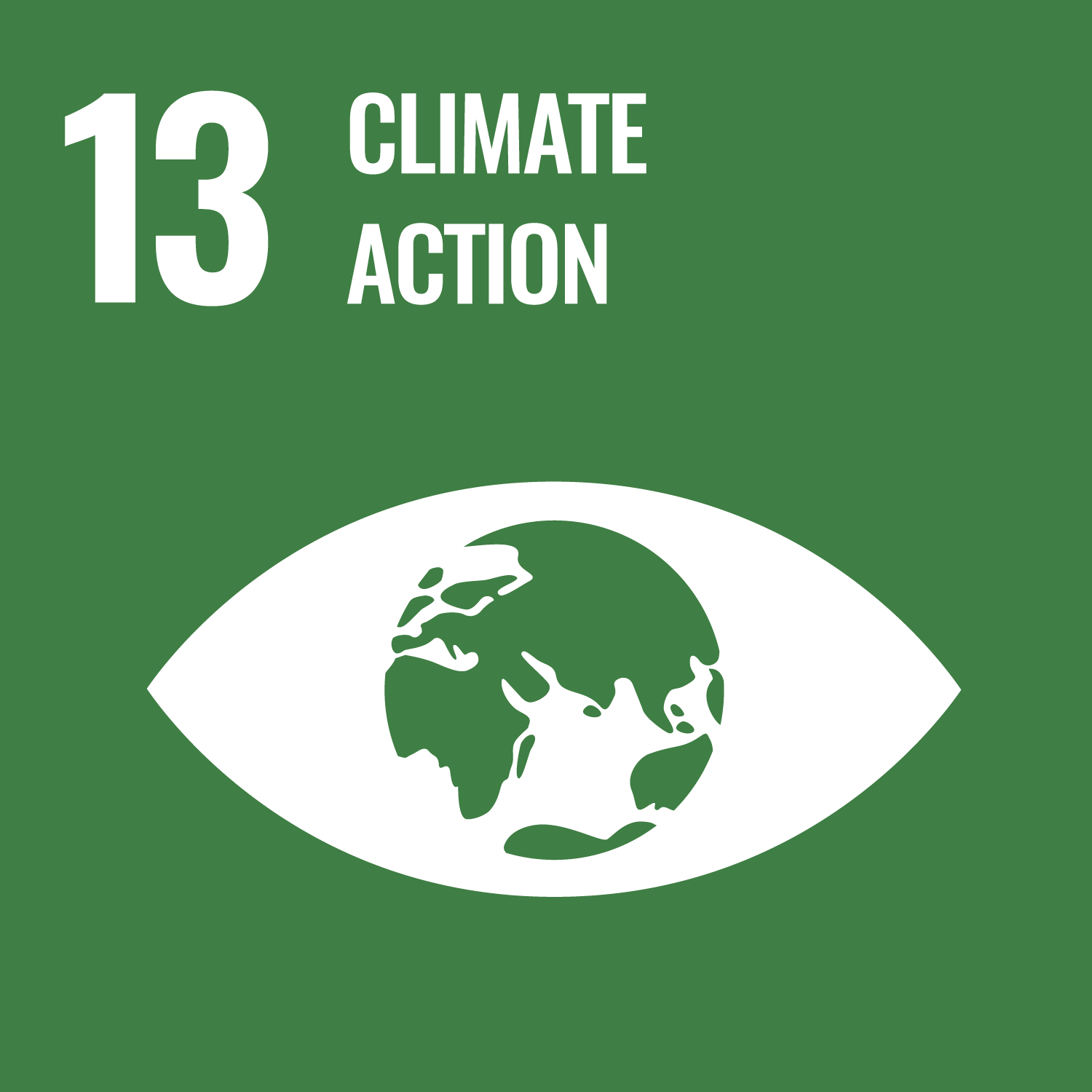
Dollar Donation Club
Organization
Sarthak Foundation
Education to end extreme poverty
🛡️ High Trust Rating
🧐 Low Risk Rating

Integrated Impact ScoreVetted By
Return On Donation
$1

Expert Consensus
Sarthak's "Yellow Rooms" transform the lives of children living in extreme poverty, healing a multi-generational cycle of suffering and childhood marriage.
Snapshot
The Problem
84 million children in India don’t receive an education, perpetuating a multi-generational cycle of poverty and hunger. (Read more here.)
The Solution
Yellow Rooms are classrooms that serve as a safe space for kids in the heart of impoverished communities.
Impact to Date
Serving 2,700 children in 19 Yellow Rooms and a rural school.
A dropout rate less than 3%, and this didn’t change during COVID-19!
95% success rate at transitioning children to formal schooling (in urban areas).
Raised school attendance rates from about 20% to 70%.
Location of Impact
Impact Per $1
$1 = 2 days of education for a child living in poverty
Proof of Impact
Photos, videos, and spotlight stories; reports of children enrolled, attendance rates, and skills improvement.
Time to Realize Impact
3 months (funds education over the next 3 years)
Fund Usage

See a full sample budget here.
Will it actually make a difference?
Sarthak is very effective at keeping kids in school, with a dropout rate less than 3%. Education and life skills from the Yellow Rooms help children break the cycle of extreme poverty.
How is the donation used?
$1 provides 2 days of support for a child living in a slum or remote rural area, giving them access to a "Yellow Room" – a classroom that serves as a safe space for physical, emotional and intellectual development.
DDC's Favorites
Focuses on empowering girls, to help them break the cycle of child marriage and take control of their lives.
“Yellow Rooms” become community hubs: safe havens in the heart of impoverished communities that provide cascading benefits for the people living there.
Sarthak uses a ‘whole child’ model to nurture safe, joyful, hopeful kids and families.
Restores dignity and hope for families trapped in poverty, many of whom are struggling with health problems, abuse, addiction, and mental health issues.
Key Drawbacks
Sarthak is still relatively small compared to the scale of the problem.
Opportunity to build more partnerships - e.g. with specialized organizations that provide vocational training for low-income children.
Opportunity to develop innovative impact monitoring that helps measure what really matters to the organization (e.g. long-term impact on children’s emotional well-being).
Fund Usage

See a full sample budget here.
Integrated Impact Score
Effectiveness
68%Transparency
80%Track record
80%Measurability
80%Wisdom
88%Impact Innovation
85%Impact Stack
5.8Expert Vetters
Individual Questions
The Context
India has made tremendous gains over the past 40 years, with the extreme poverty rate falling from 53% in 1983 to 10% in 2019, and improvements in education have been a key driver of this change. ('Extreme poverty' is defined as living on less than $2.15 per person per day.) At the same time, India is still the country in the world with the most people living in extreme poverty.
Education offers children a path to a better life. In the words of Concern Worldwide, “access to high-quality primary education and supporting child well-being is a globally-recognized solution to the cycle of poverty. This is, in part, because it also addresses many of the other issues that can keep communities vulnerable.”
It would be easy to assume that the solution is just to get children into school. But the problem is not as simple as enrolling in school or paying for uniforms and fees. Over the past 20 years, India has made great strides in improving access to education, bringing 20 million children into primary school. According to the World Bank, the two major issues faced are retention of children until they complete their elementary education and ensuring high-quality education that actually improves learning levels and cognitive skills. Although 95% of India’s children are enrolled in primary school, many drop out of secondary school; only 44% of 16-year-olds complete tenth grade. While children have access to free education in government schools, the quality of these schools can be very low. It is very common for children to fall years behind the educational attainment levels they’re meant to have achieved for their age.
For the most marginalized kids, a lot more is needed to get them into school and keep them going consistently. It’s hard to focus on learning if you’re hungry, haven’t been able to wash yourself, or are overwhelmed with emotional trauma or stress from what’s going on at home. That's where Sarthak comes in!
Read more here.
About
We’re levelin’ up philanthropy!
The Dollar Donation Club Integrated Impact Score was designed to ensure that the world’s most powerful and holistic solutions are presented to our members. The goal is to identify acupuncture points of change – solutions that create maximum positive benefit using minimal resources, while triggering a large cascade of additional benefits.
More importantly, the Integrated Impact Score embodies our approach of smart-philanthropy.
It’s not enough for us to give with only our heart. We must also give intelligently – identifying solutions that address root causes, generate outsized measurable outcomes, integrate holistically into existing communities, consider long-term impacts, reduce the risk of unintended consequences and lead to self-reliant capabilities rather than co-dependencies.
It’s time for us to focus less on things like “overhead ratios” and more on the total, holistic positive result per dollar. Oh yeah, and it should be fun!
We believe that the best solutions...
- Solve root-causes rather than symptoms.
- Consider their impact 100 years into the future.
- Produce massive impact efficiently.
- Care for people and planet holistically.
- Leverage nature’s and humanity’s best technologies.
- Are radically transparent – financially and operationally.
- Are resilient against threats of reversal.
- Result in self-reliance, rather than dependence.
- Clearly understand total costs to achieve outcomes.
This vetting methodology was designed with careful care to identify these solutions.
How we calculate the Integrated Impact Score:
Individual Dimension Score
The scores for each individual dimension (e.g. Transparency, Measurability) are calculated by adding up the total points (1-5) per section and dividing by the total possible points for that section.
Impact Stack
The amount of points awarded for the Impact Stack section is based on an assessment of how directly or indirectly and effectively or ineffectively the solution addresses a particular Sustainable Development Goal, using the SDG indicators as a guide. Impact Stack is treated like a bonus of points by adding up the total Impact Stack score and dividing by 10 (i.e. every 10 points gives a bonus of +1 to the final IIS score).
Overall Integrated Impact Score
The overall Integrated Impact Score is calculated by averaging the total scores received in each of the Individual Dimensions (e.g. Transparency, Measurability, etc.). We then add the bonus points awarded by the Impact Stack. Overall scores are rounded up to the nearest integer at 0.5 (e.g. if a score of 94.5 is calculated, the final score will be 95, if a score of 94.4 is calculated, the final score will be 94).
Vetting methodology 02.01 | Published 12.23.2022 | This report's change log is here.


100% of contributions go to the Dollar Donation Club Fund, a wholly owned subsidiary of Legacy Global Foundation Inc, a public 501(c)3 charitable organization.
© Dollar Donation Club 2025

